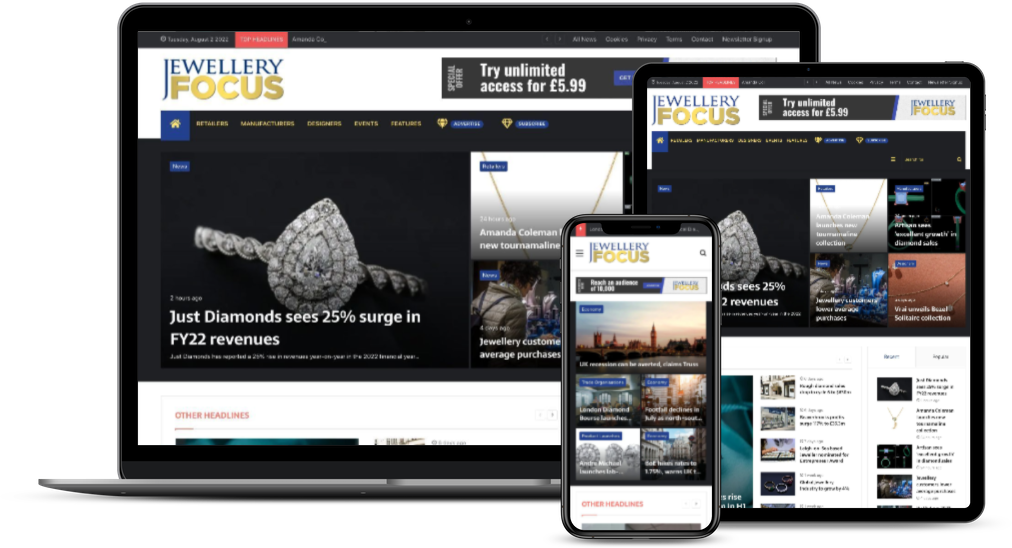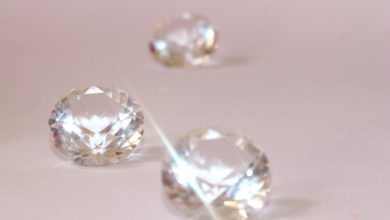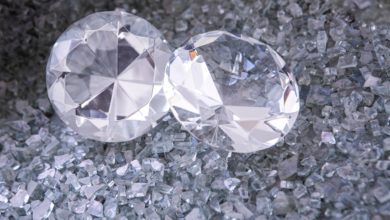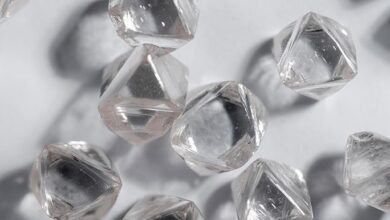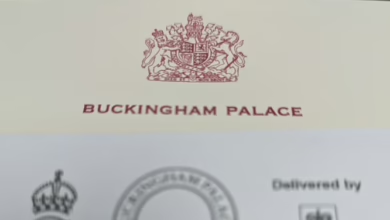ArtCAM helps re-create the Cheapside Hoard
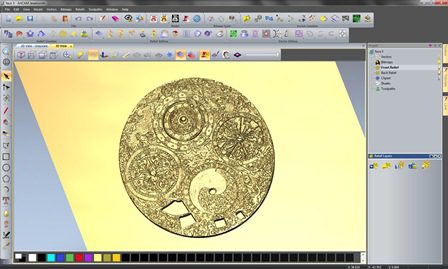
State-of-the-art equipment and technology was employed to find out which methods could have been used to create the pieces that make up the Cheapside Hoard; some of which are currently on display at the Museum of London.

